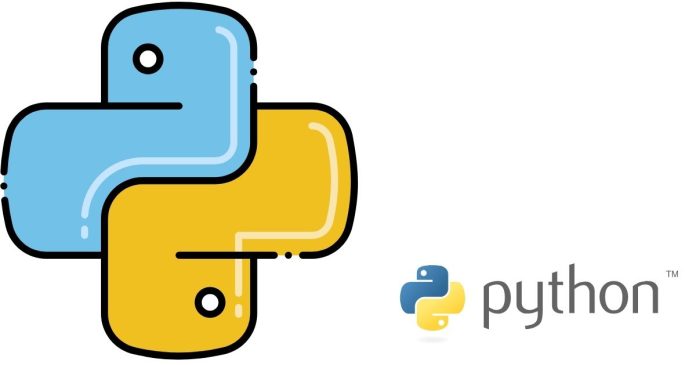Python is a popular, high-level programming language known for its simplicity, readability, and versatility. Here are some of its key features:
1. Simple and Readable Syntax
- Python’s syntax is clean and easy to understand, making it accessible to beginners.
- The use of indentation for blocks of code (instead of braces) enhances readability.
2. Interpreted Language
- Python is an interpreted language, meaning code is executed line by line by the Python interpreter, which simplifies debugging.
- This feature makes Python platform-independent, as long as there is a Python interpreter for the platform.
3. Dynamically Typed
- You don’t need to declare the type of a variable explicitly. Python infers the type during runtime.
- For example:
x = 10 # Integer x = "Hello" # String
4. High-Level Language
- Python abstracts away low-level operations like memory management, providing a higher level of programming.
- It offers built-in data types, such as lists, dictionaries, and sets, without needing to manually manage memory.
5. Extensive Standard Library
- Python comes with a rich standard library that includes modules for handling file I/O, networking, regular expressions, databases, and more.
- Popular external libraries and frameworks (like NumPy, Pandas, Flask, and Django) extend Python’s capabilities in specialized areas like data analysis, web development, and machine learning.
6. Object-Oriented and Functional Programming
- Python supports both object-oriented programming (OOP) and functional programming paradigms.
- You can use classes and objects, inheritance, and polymorphism in OOP, and also use first-class functions, higher-order functions, and lambdas in functional programming.
7. Cross-Platform Compatibility
- Python is available on various platforms (Windows, macOS, Linux) and can run on any of them without modification to the code.
- Python programs can easily be ported between different platforms.
8. Garbage Collection
- Python uses automatic memory management, including garbage collection, which helps prevent memory leaks by cleaning up unused objects.
9. Support for Third-Party Libraries and Tools
- Python has a vibrant ecosystem of third-party libraries and frameworks, often hosted on repositories like PyPI (Python Package Index).
- You can easily install and manage packages using
pip.
10. Integrated with Other Languages
- Python can be integrated with other programming languages such as C, C++, and Java, making it ideal for projects that require performance optimization.
- For example, Python has bindings to call C/C++ code using libraries like
ctypes,Cython, orSWIG.
11. Versatile Use Cases
- Web Development: With frameworks like Django, Flask, and FastAPI.
- Data Science and Machine Learning: Libraries like Pandas, NumPy, SciPy, TensorFlow, and scikit-learn are widely used.
- Automation and Scripting: Python is great for automating repetitive tasks.
- Game Development: Libraries such as Pygame enable Python-based game development.
- Network Programming: Libraries such as socket and Twisted support networking.
12. Multi-paradigm
- Python supports different programming styles, including procedural, object-oriented, and functional programming.
13. Community Support
- Python has an active and large global community, which means plenty of documentation, forums, tutorials, and user-contributed packages.
14. Easy Integration with Databases
- Python provides APIs for connecting to several relational and non-relational databases, such as SQLite, MySQL, PostgreSQL, MongoDB, etc.
15. Dynamic Memory Allocation
- Python uses dynamic memory allocation for variables, which makes it easier for the developer to manage memory usage automatically.
16. Interactive Shell
- Python has an interactive interpreter (REPL), allowing developers to test code snippets quickly, perform quick calculations, and debug interactively.
- You can also use Jupyter notebooks for interactive development, especially in data science.
17. Asynchronous Programming
- Python has support for asynchronous programming using
asyncio, which is useful for handling IO-bound tasks without blocking the execution of code.
18. Portable and Embeddable
- Python can be embedded within C/C++ programs, making it extensible for use within other software systems.
- It is portable across platforms, ensuring that Python code can run on different operating systems.
19. Elegant Error Handling
- Python uses a try-except mechanism for exception handling, making error handling and debugging more structured.
20. Readability and Maintainability
- Python enforces readability through its indentation structure, and this focus on clarity ensures maintainable and understandable code.
In summary, Python’s combination of simplicity, flexibility, and a vast ecosystem of libraries and tools makes it a favorite choice for both beginners and professionals in a wide variety of fields.


